Optimal Timing for Waterproofing Applications
Waterproofing is a crucial process to protect structures from water intrusion and damage. Proper timing ensures the effectiveness and longevity of waterproofing systems, reducing the risk of costly repairs and structural issues. Understanding seasonal and environmental factors can help determine the optimal period for application.
Spring offers moderate temperatures and less moisture, making it ideal for waterproofing projects. Dry conditions help materials cure properly and adhere effectively.
Summer provides warm weather and extended daylight hours, facilitating quicker application and curing. However, high humidity and rain can delay projects.
Fall is suitable due to cooler temperatures and lower humidity levels. It allows for thorough application before winter conditions set in.
Winter is generally not recommended due to freezing temperatures and snow, which can impair adhesion and curing processes.

Ways to make Waterproofings work in tight or awkward layouts.
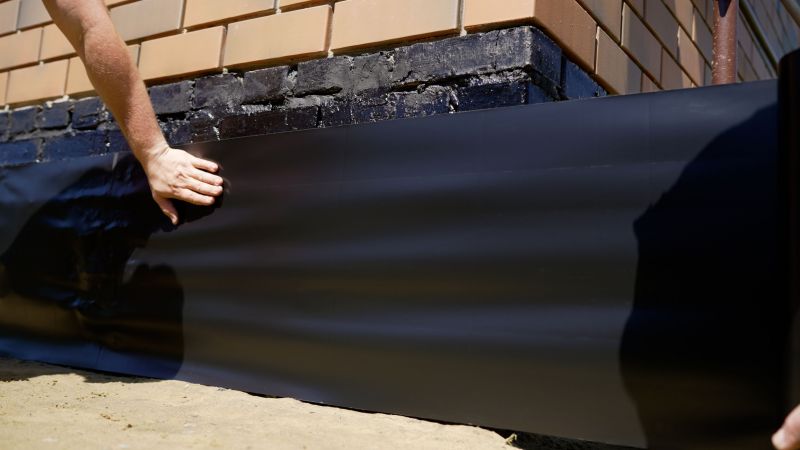
Popular materials for Waterproofings and why they hold up over time.
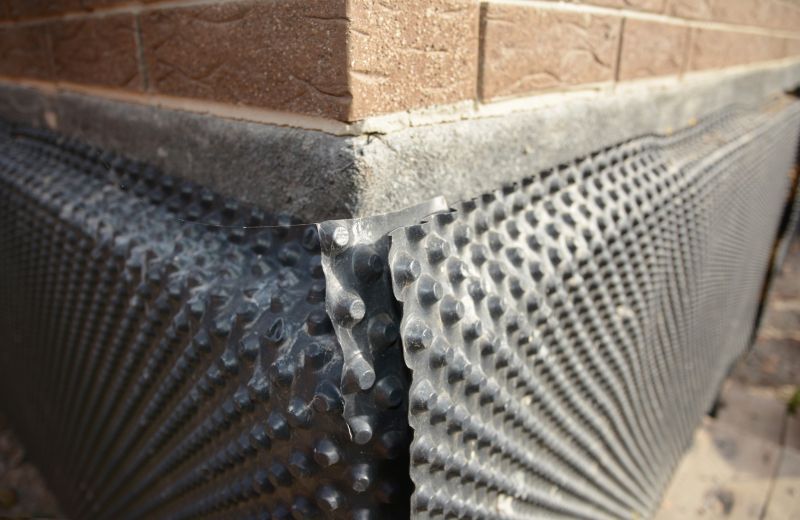
Simple add-ons that improve Waterproofings without blowing the budget.
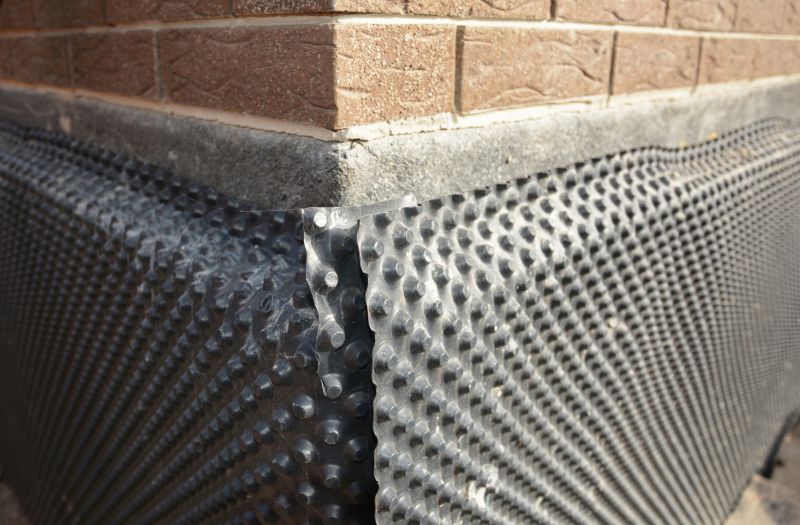
High-end options that actually feel worth it for Waterproofings.
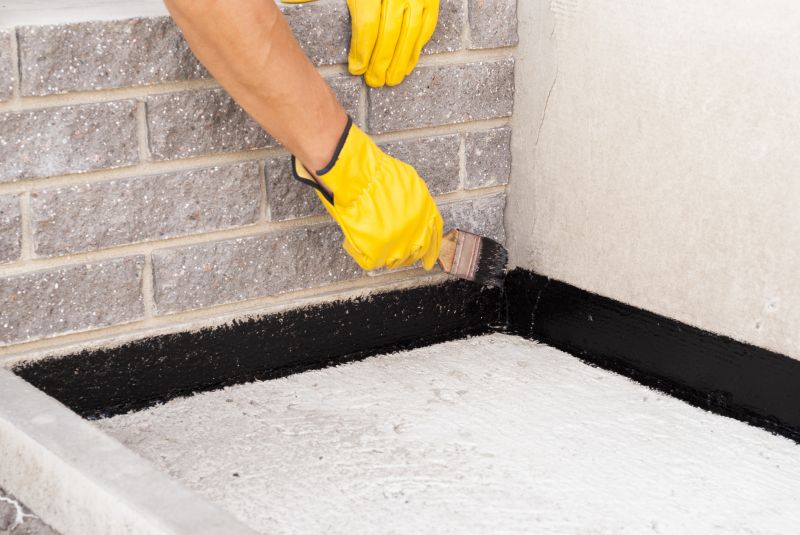
Finishes and colors that play nicely with Waterproofings.
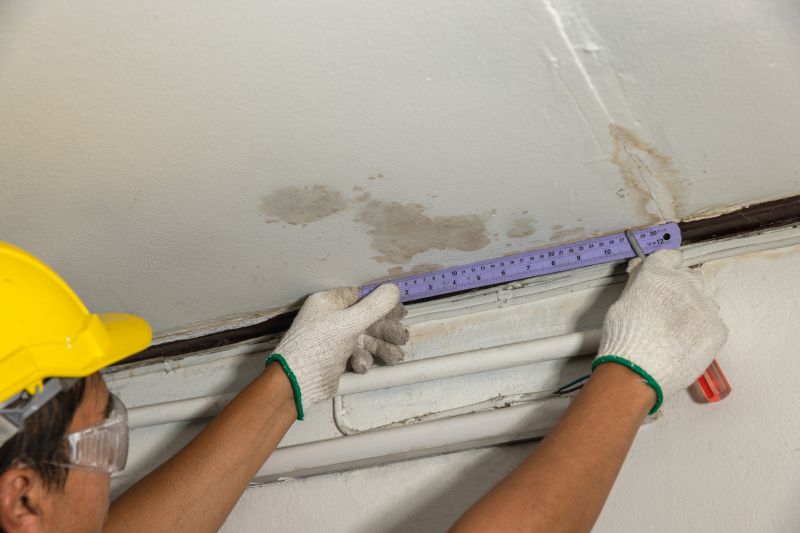
Little measurements that prevent headaches on Waterproofings day.
Waterproofings involve applying specialized materials to surfaces to prevent water penetration. These systems include membranes, coatings, and sealants, each suited for different applications such as basements, roofs, or foundations. Proper timing and method selection are vital for ensuring durability and performance.
Common materials include liquid coatings, sheet membranes, and cementitious coatings, chosen based on the specific application and environmental conditions.
Temperature, humidity, and precipitation levels influence the effectiveness of waterproofing applications. Ideal conditions promote proper curing and adhesion.
Surface preparation, correct material application, and curing time are essential steps to ensure waterproofing integrity.
Proper waterproofing extends the lifespan of structures, prevents water damage, and reduces maintenance costs.

A 60-second routine that keeps Waterproofings looking new.
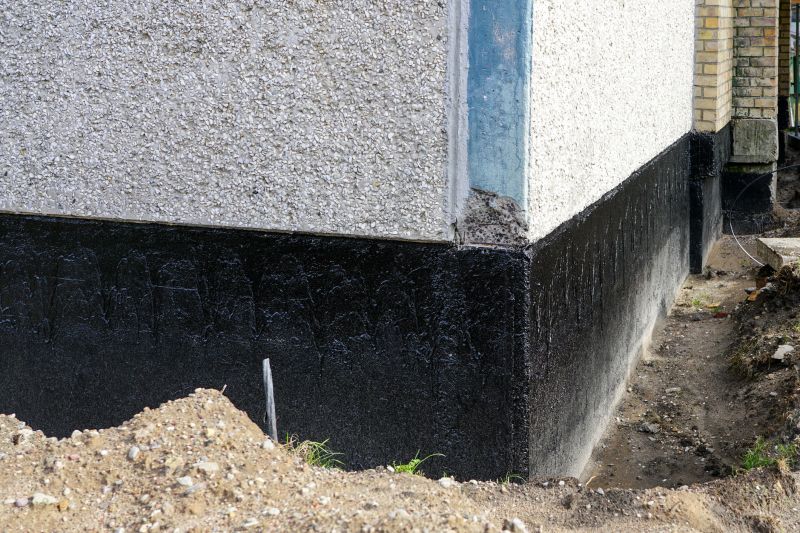
A frequent mistake in Waterproofings and how to dodge it.

Small tweaks to make Waterproofings safer and easier to use.
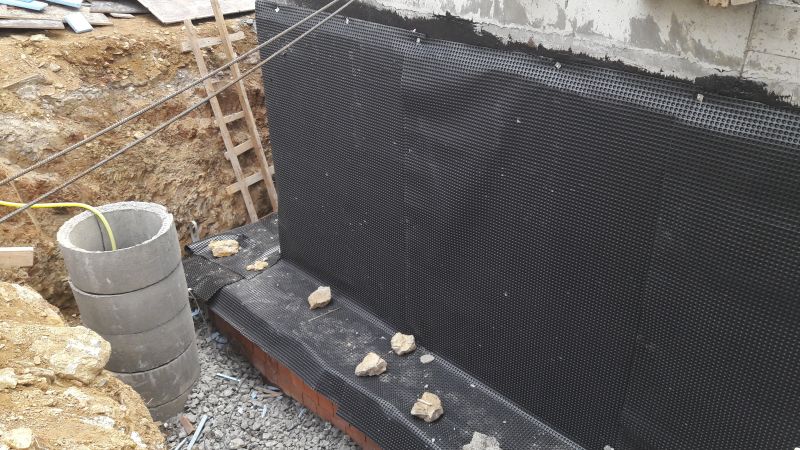
Lower-waste or water-saving choices for Waterproofings.
| Season | Optimal Conditions |
|---|---|
| Spring | Moderate temperatures, dry weather, good for curing |
| Summer | Warm temperatures, extended daylight, watch for humidity |
| Fall | Cooler temperatures, low humidity, ideal for application |
| Winter | Freezing temperatures, snow, generally unsuitable |
Choosing the right time for waterproofing depends on local climate conditions and project requirements. Proper planning ensures that materials cure correctly and adhere effectively, maximizing the lifespan of the waterproofing system. Consulting with professionals can help determine the best timing based on specific site conditions.

The short, realistic tool list for quality Waterproofings.

Rough timing from prep to clean-up for Waterproofings.

Quick checks and paperwork to keep after Waterproofings.
For those interested in waterproofing services, filling out the contact form provides an opportunity to discuss project needs and timing. Properly scheduled waterproofing can significantly protect structures from water damage and extend their durability.



